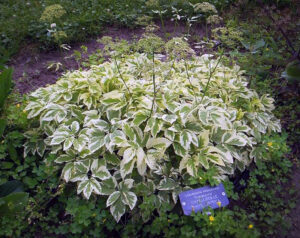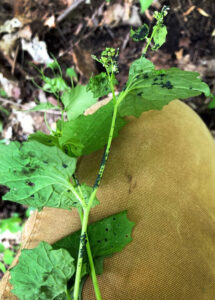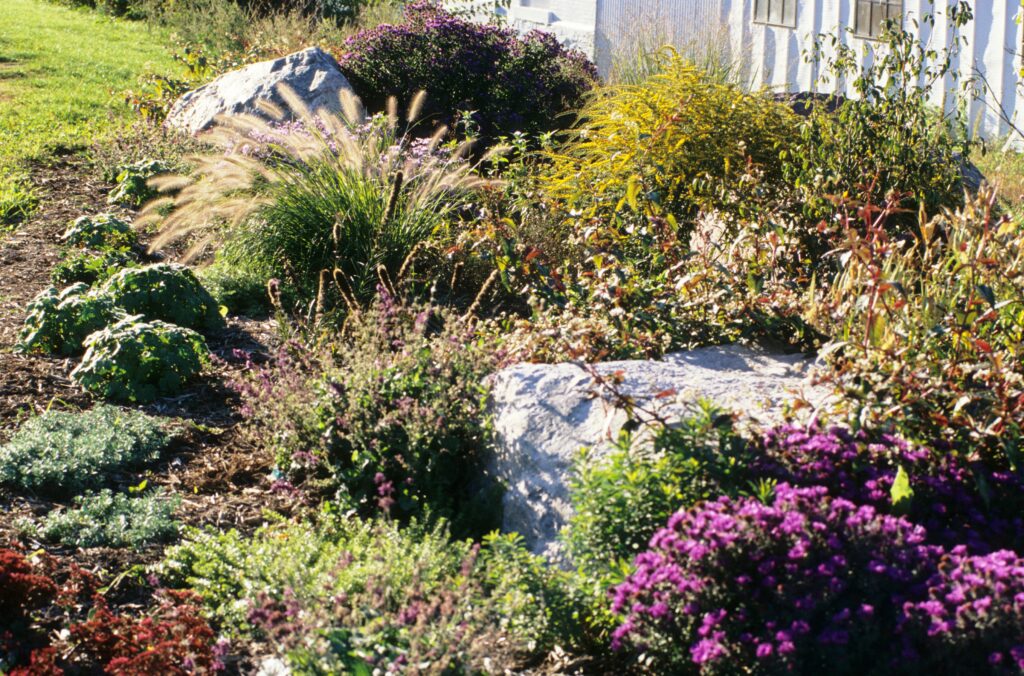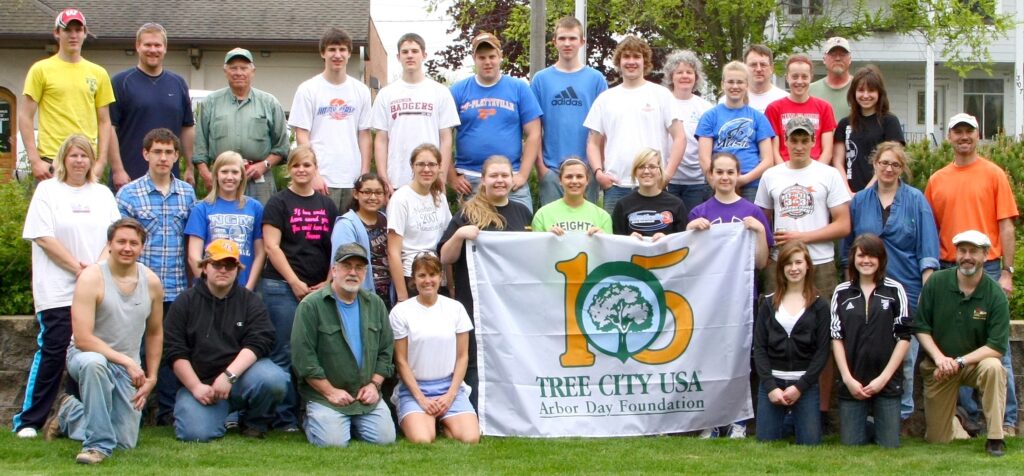
Started in 1976, Tree City USA is one of the Arbor Day Foundation’s oldest programs. The founders had a vision for a greener, healthier America and hoped this initiative would inspire change on a nationwide level. The first Tree City USA cohort was comprised of 42 communities in 16 states. Today, the program includes more than 3,600 communities from all 50 states, Washington D.C. and Puerto Rico.
Publicly demonstrating commitment to the environment is a great way to build pride among residents, as well as position your community as an attractive place to live. The Tree City USA program provides communities with a four-step framework to maintain and grow their tree cover. It also gives them an avenue to celebrate their work, showing residents, visitors and the entire country that they’re committed to the mission of environmental change.
Here are just a few examples of the 193 Tree Cities in Wisconsin.
Continue reading “A Taste Of Tree City USA In Wisconsin” →
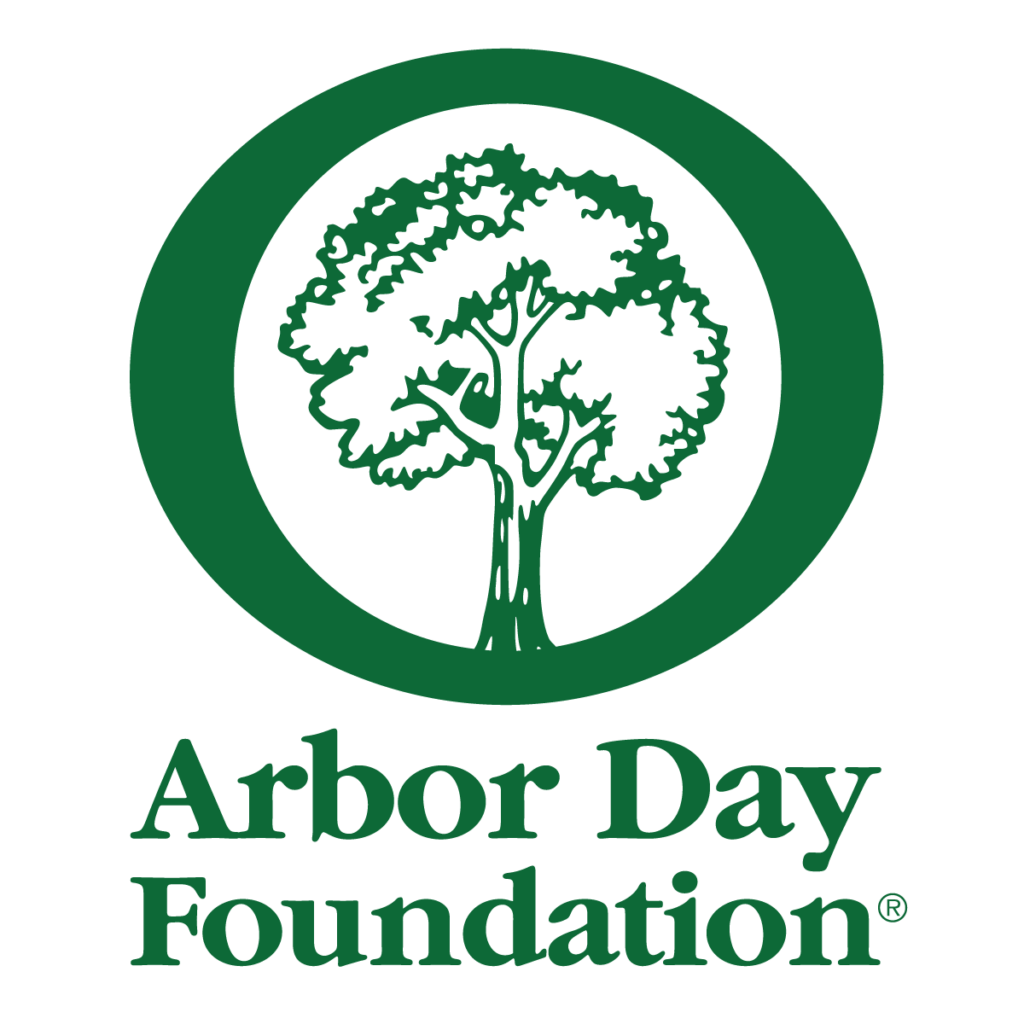 For the last few years, our urban forestry team has been writing social media posts for Wisconsin communities to post during Arbor Week. We encourage you to use social media to celebrate the many benefits of trees and inform the public about the importance of tree care.
For the last few years, our urban forestry team has been writing social media posts for Wisconsin communities to post during Arbor Week. We encourage you to use social media to celebrate the many benefits of trees and inform the public about the importance of tree care.

